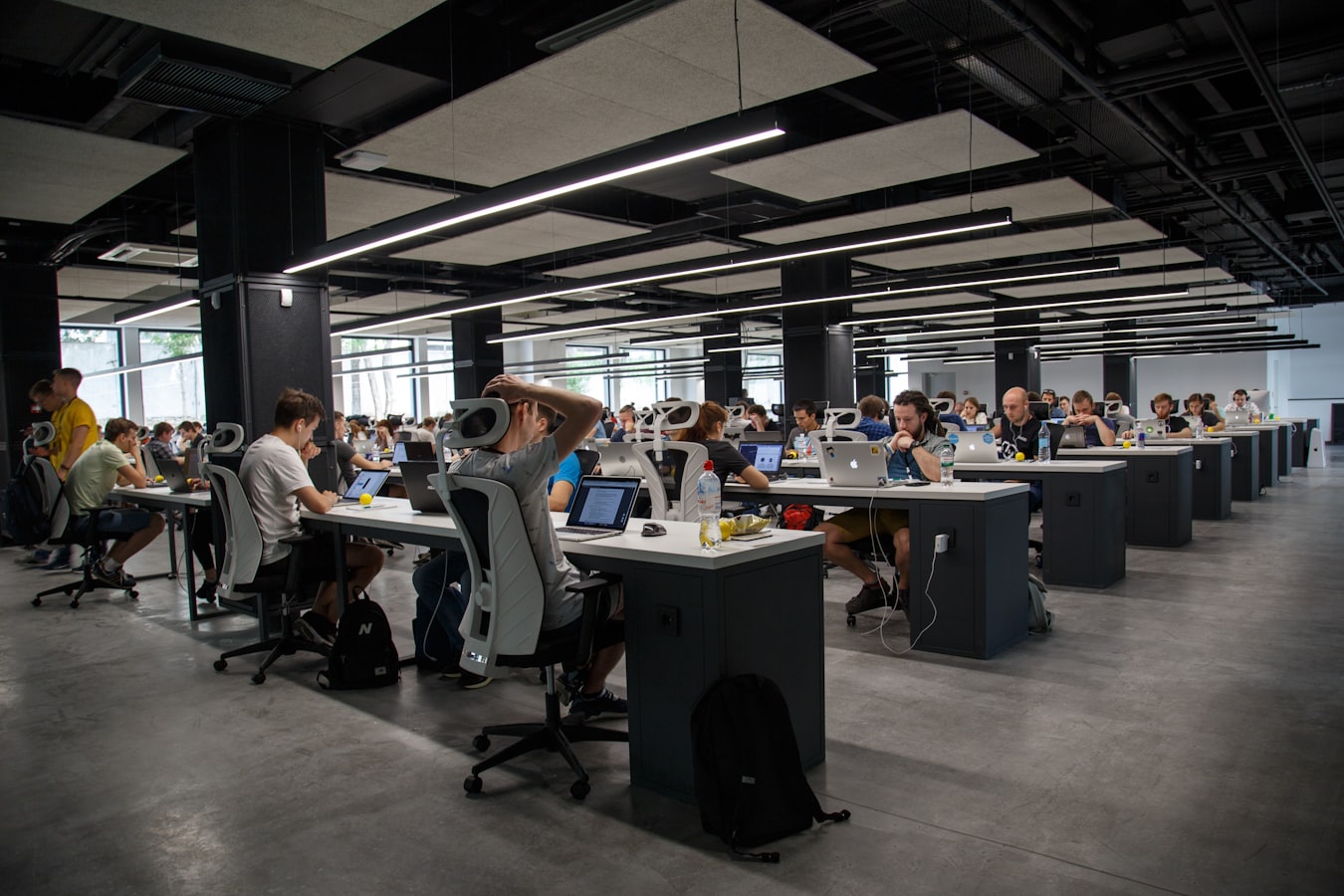Dr. Kate Raynes-Goldie
Particle, April 9, 2020
The future of work is here, and it has caught us all by surprise.
In the past month, almost everyone who still has a job is now a remote, flexible worker who uses video and chat apps to communicate with their colleagues.
In the past 3 months, Zoom’s active user base has grown from 10 million to around 200 million per day. Business-chat platform Slack recently reached 12.5 millionconcurrent users for the first time ever.
This new way of working is having all sorts of flow-on effects, from reduced traffic to increased accessibility.
So what’s changed, and what might continue to be different into the future of work?
THIS HAS HAPPENED BEFORE (SORT OF)
One way to understand what’s happening now and what might come next is to look at some precedents.
Dr Libby Sander, Assistant Professor of Organisational Behaviour at Bond University, points to the 1984 Olympics in Los Angeles as an example of a previous change in people’s work habits that had a lasting impact.
“[It was] one of the first times where the city said you have to stay home, we can’t have this traffic. And that really introduced working from home as an option to a whole group of people that hadn’t worked from home before,” says Libby.
Libby thinks a similar phenomenon will happen on a larger scale once current restrictions are loosened.
Now that everyone has had a taste of flexible work arrangement – like not having to commute or attend unnecessary meetings – people will be reluctant to go back to the old way of doing things.
“NOW THAT WE’VE HAD THE CHANCE TO BE FORCED TO RETHINK EVERYTHING, I THINK WE’RE GOING TO SEE … A LOT OF CHANGE.”
“I think we’ll have more conversations about well, why can’t we have more flexibility? Can we work at different times of the day as we are now? Do we really have to meet face to face? Do we really need to meet at all? Are we just doing a lot of these things for the sake of doing them?” she says.
MAKING WORK ACCESSIBLE AND INCLUSIVE
Another potential silver lining is the opportunity to make work more accessible to individuals who weren’t able to fully participate in the pre-COVID-19 design of work.
“Prior to this situation, research has shown that flexible work arrangements and working from home actually allows much greater participation in the workforce – of women particularly, but also of older workers as well. So there’s an enormous talent pool that’s available to employers,” says Libby.

According to Libby, flexible work arrangements allow people to better control their work schedule and environment to suit their physical or family needs. And as a result, people are more productive working from home.
DEATH OF THE HANDSHAKE
So what might we lose in this new world of work? Possibly the good old-fashioned handshake.
Traditionally, the handshake has been a symbolic gesture with the power to unite, divide, seal deals, and broker peace. In Western culture it often forms the basis of our first impressions made and received when meeting someone, particularly in the workplace.

According to Libby, there’s been some speculation that the slow spread of COVID-19 in Japan – despite a very high, dense population – might be because it’s also a low contact culture. Japanese people tend to bow instead of shaking hands.
Due to the current pandemic, the general public is more aware of how viruses spread. And we’ve also realised the fact that we’re not that great at washing our hands properly. So in the future, could we ever go back to shaking hands without feeling a little bit grossed out?
###
Dr. Kate Raynes-Goldie, a designer, speaker, writer and researcher, is a globally recognised thought leader on innovation.
This article first appeared on Particle, a science news website based at Scitech, Perth, Australia. Read the original article.









